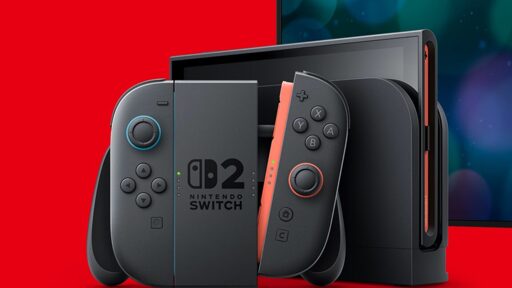- cross-posted to:
- [email protected]
- [email protected]
- cross-posted to:
- [email protected]
- [email protected]
"These price increases have multiple intertwining causes, some direct and some less so: inflation, pandemic-era supply crunches, the unpredictable trade policies of the Trump administration, and a gradual shift among console makers away from selling hardware at a loss or breaking even in the hopes that game sales will subsidize the hardware. And you never want to rule out good old shareholder-prioritizing corporate greed.
But one major factor, both in the price increases and in the reduction in drastic “slim”-style redesigns, is technical: the death of Moore’s Law and a noticeable slowdown in the rate at which processors and graphics chips can improve."



The Steam Deck is basically a PC. You can get mini PCs with APUs of a similar performance for very low prices these days. That won’t perform like a current gen console but it’s a cheap gaming machine with a huge selection of low cost games and you won’t have to pay for multiplayer.
And those mini PC’s are mobile with built-in screens and controls?
That would be handhelds. Mini PCs are desktop devices. They often use the same processors as handhelds and laptops, though.
Oh man you’re so close
I mean after Valve released the Steam Deck, Asus, Lenovo, MSI–to name just a few–followed suit with at least an iteration. Asus has the Ally and Ally X, Lenovo now have 3 models, and MSI only has 1.
I can’t recall if there are any other big brands handheld PCs, but there’s definitely Chinese ones.